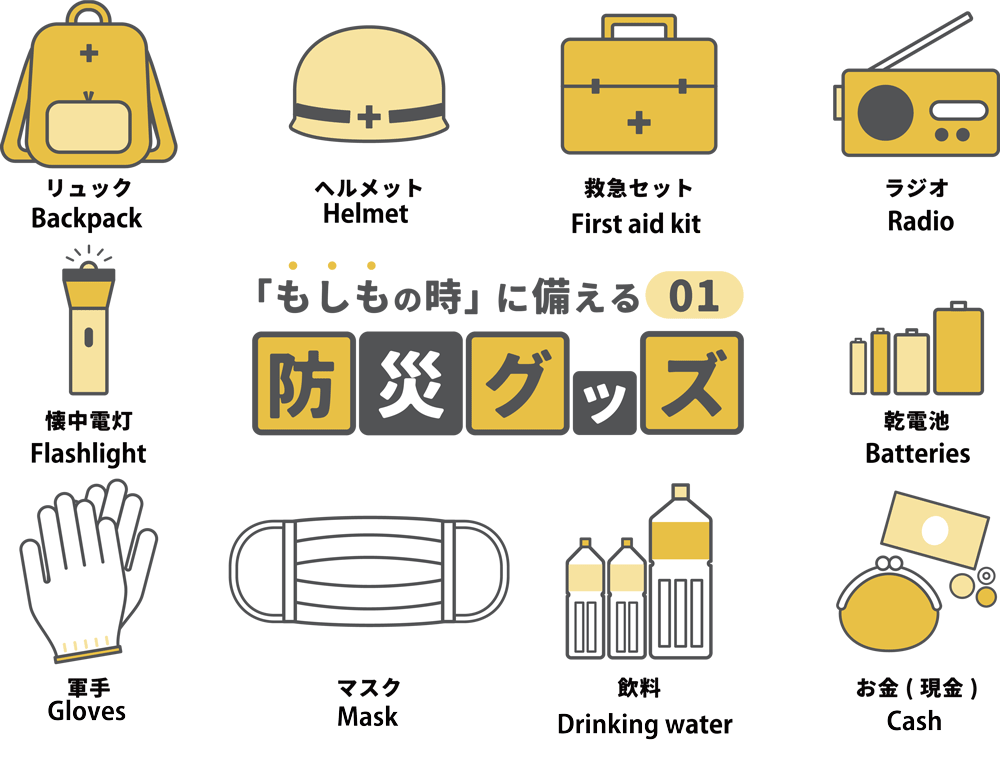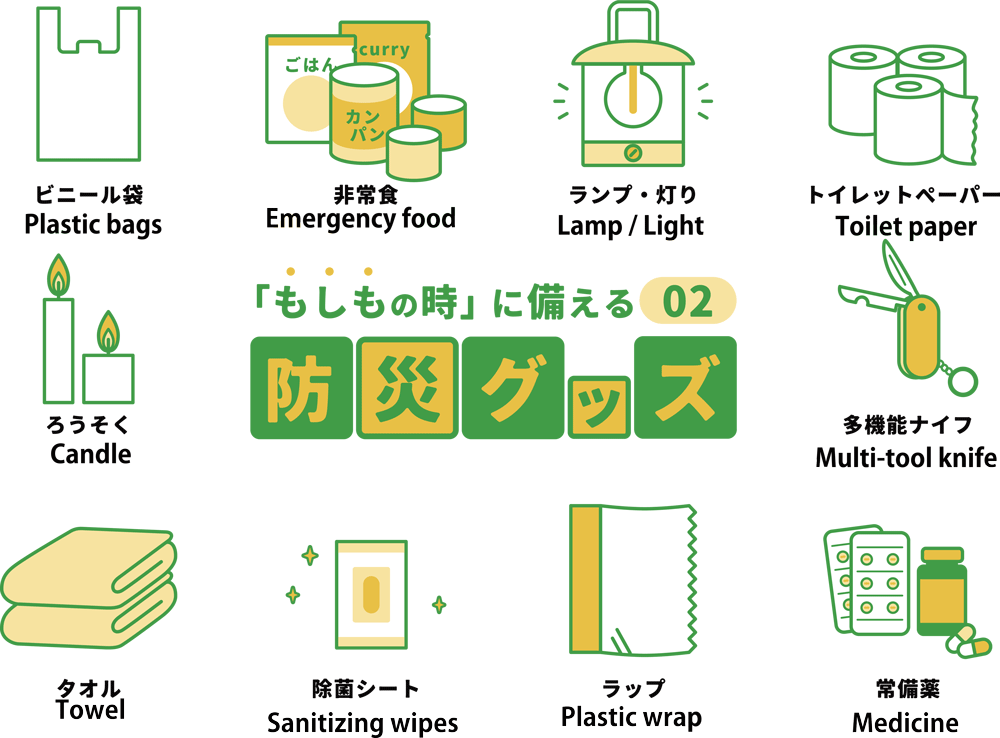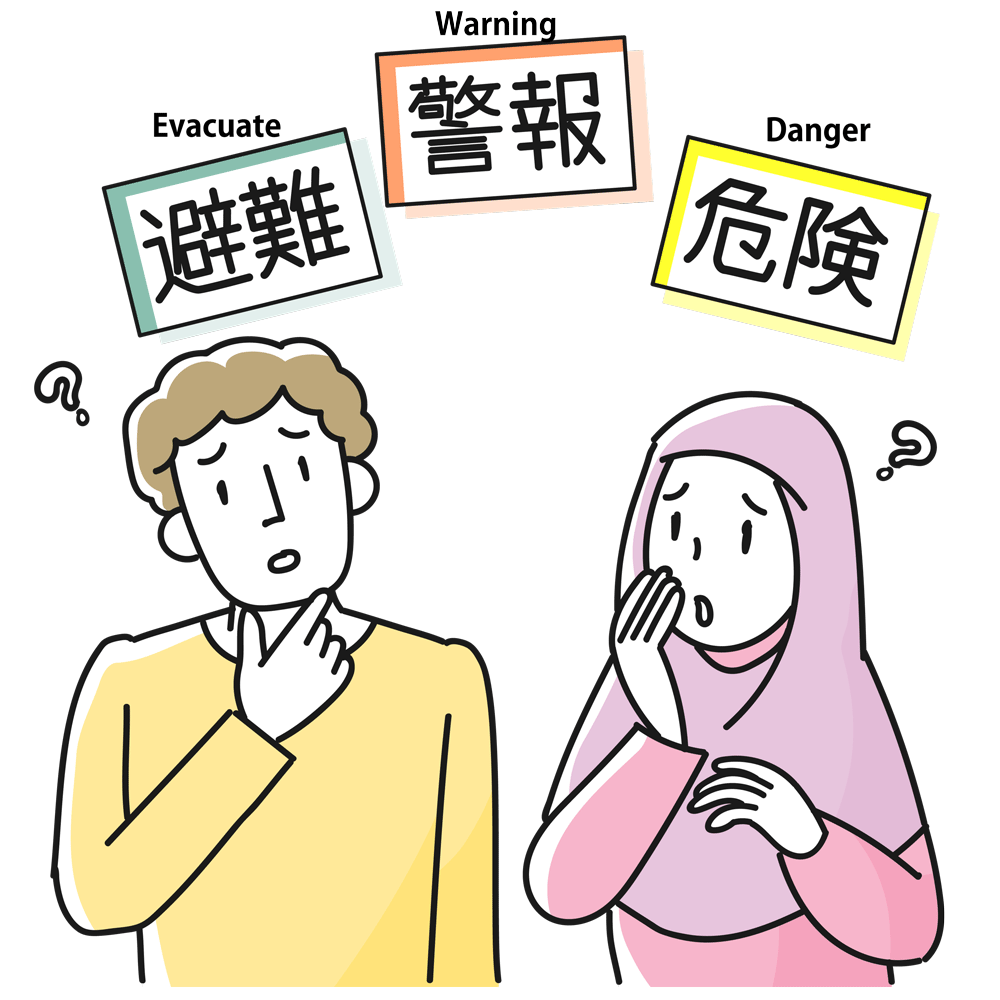Part A Self Introduction

TUTORS NOTE
– OPEN the tutor guide URL in the Pinned Message.
– Follow the instructions in the tutor guide, which are in red font.
– Follow the instructions in the tutor guide, which are in red font.

A_1
My name is ________. What is your name?
A_2
My name is ________. Nice to meet you.


A_3
Nice to meet you too, ________. How are you today?
A_4
| Answer: |


A_5
I see. Let’s start our lesson.
Part B Vocabulary

TUTORS NOTE
– OPEN the tutor guide URL in the Pinned Message.
– Follow the instructions in the tutor guide, which are in red font.
– Follow the instructions in the tutor guide, which are in red font.

B_1
Let’s do some vocabulary quizzes on natural disasters. Choose the correct word to fill in the blank from options A or B.
B_2
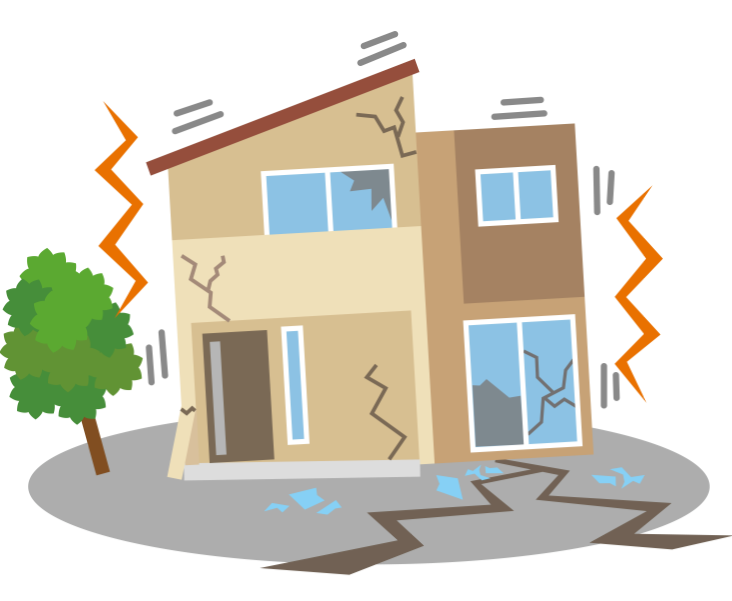 |
| 1. | We (________) experience earthquakes in Japan. |
| (A) | constantly |
| (B) | instantly |
| Answer: |


B_3
Review the answer. (Refer to the tutor guide.)
Now, please read the answer as a full sentence.
B_4
| Answer: |

B_5
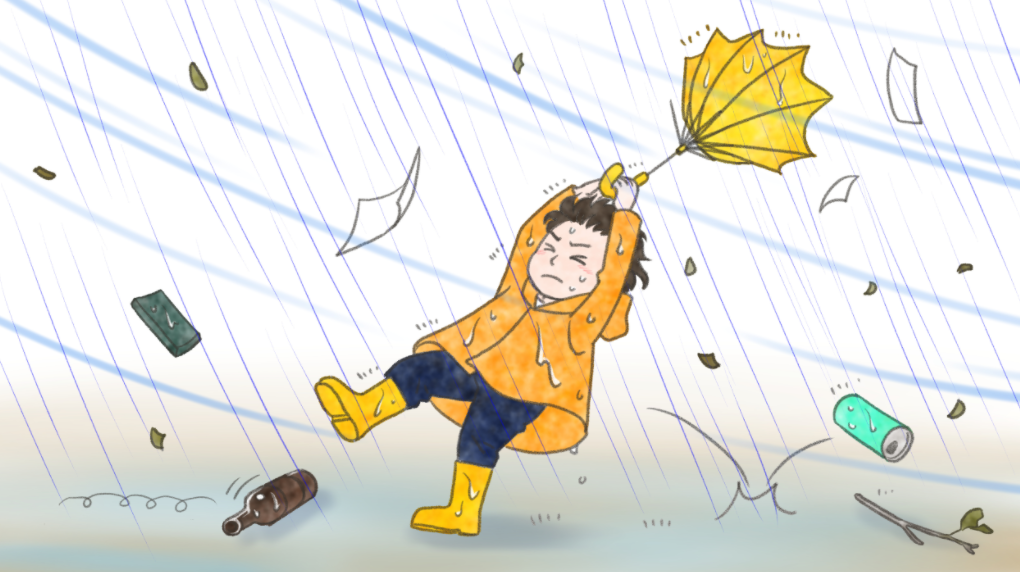 |
| 2. | Typhoons also (________) in Japan, especially between summer and fall. |
| (A) | experience |
| (B) | occur |
| Answer: |


B_6
Review the answer. (Refer to the tutor guide.)
Now, please read the answer as a full sentence.
B_7
| Answer: |

B_8
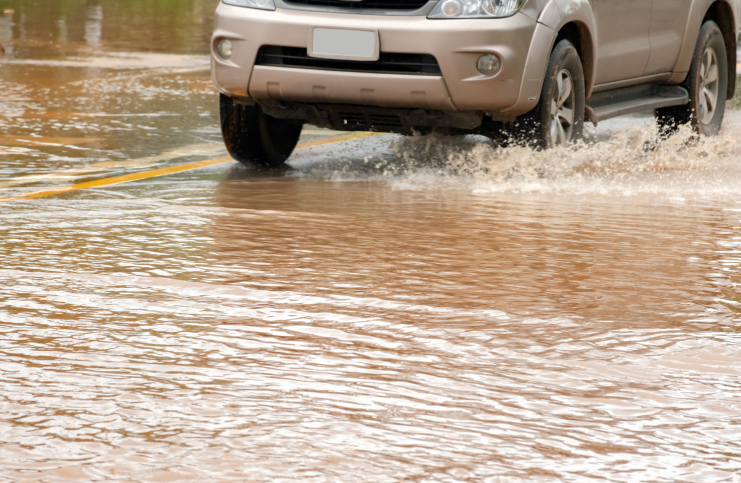 |
| 3. | We should (______) driving on flooded roads during heavy storms. |
| (A) | refuse |
| (B) | avoid |
| Answer: |


B_9
Review the answer. (Refer to the tutor guide.)
Now, please read the answer as a full sentence.
B_10
| Answer: |

B_11
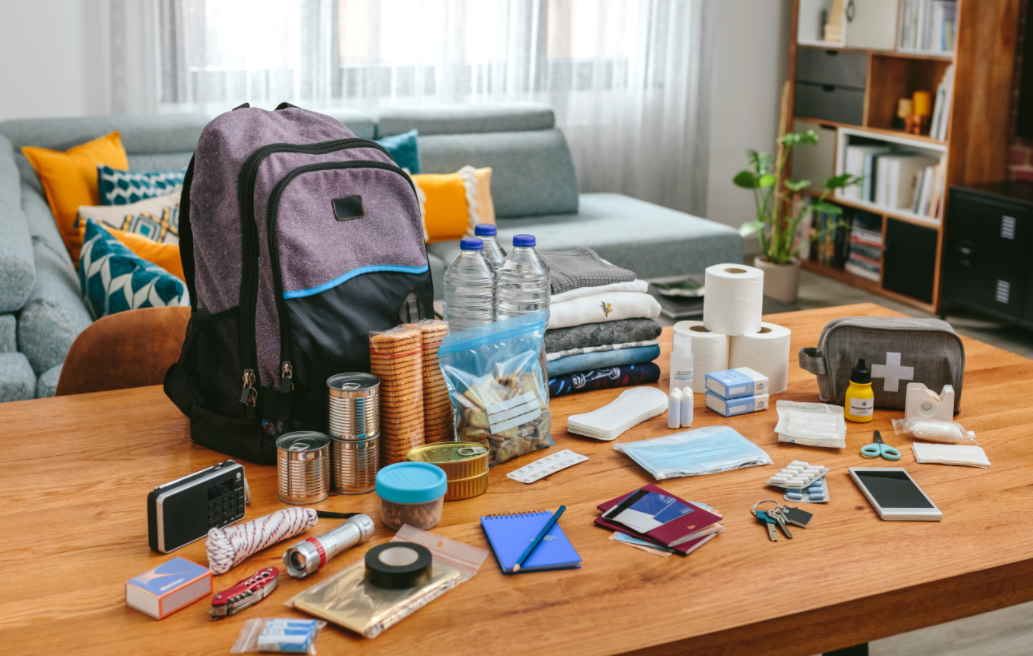 |
| 4. | I believe making a good (______) is essential for surviving a natural disaster. |
| (A) | prediction |
| (B) | preparation |
| Answer: |


B_12
Review the answer. (Refer to the tutor guide.)
Now, please read the answer as a full sentence.
B_13
| Answer: |

B_14
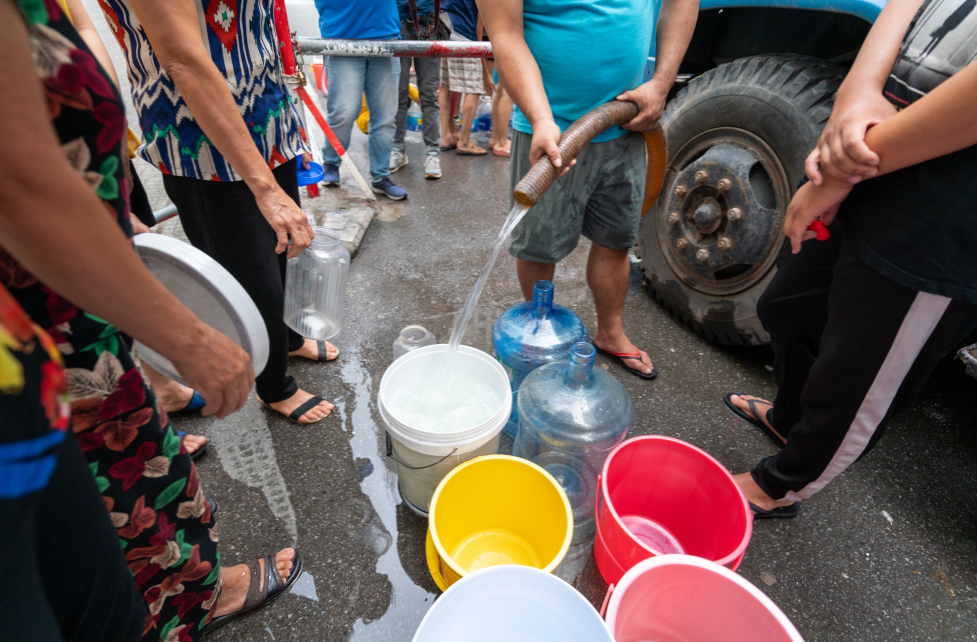 |
| 5. | Many people (______) to find clean water after an earthquake. |
| (A) | struggle |
| (B) | suffer |
| Answer: |


B_15
Review the answer. (Refer to the tutor guide.)
Now, please read the answer as a full sentence.
B_16
| Answer: |


B_17
Great job!
Part C Warm-up

C_1
Let’s talk about disasters in Japan and the Philippines. If you’re not sure what to say, feel free to use the example phrases below!
(If the customer can speak freely without following the dialogue script, focus on the themes and have a natural conversation instead. Introduce each other to natural disasters in the Philippines and Japan.)
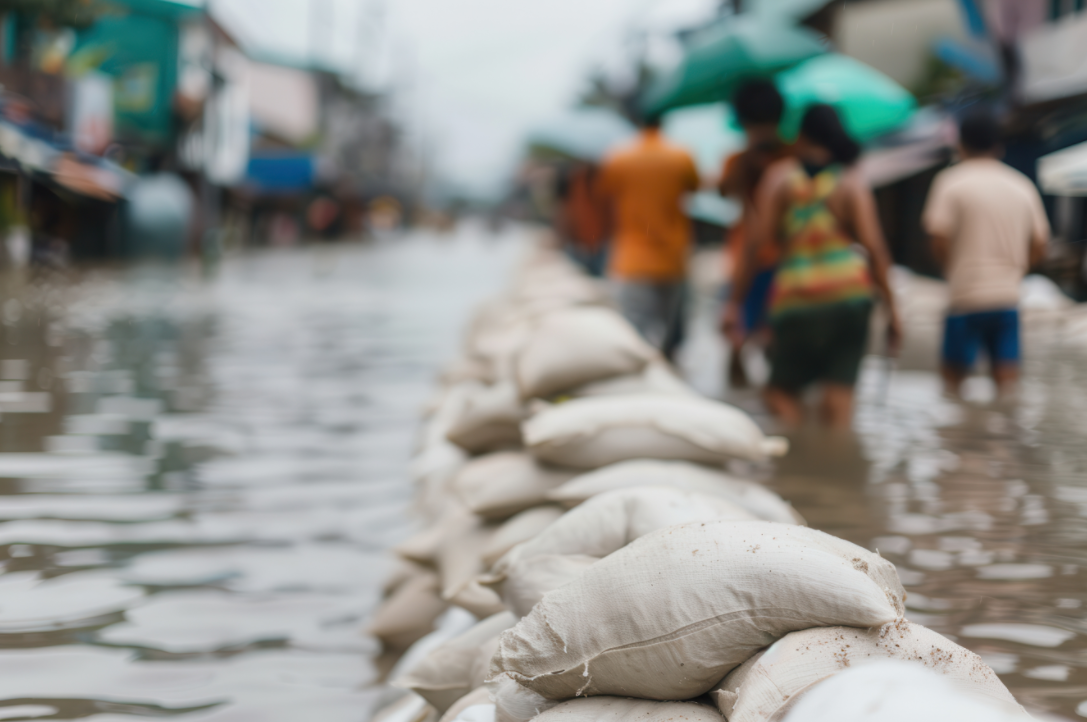
C_2
Natural Disasters in the Philippines
|
Tutor
|
Today, let’s talk about natural disasters. In the Philippines, we experience many typhoons. Sometimes, we also have earthquakes. |
|
You
|
____________________________________________
【Hints】 ① リアクション「Oh, really?」 ② 日本の台風について伝える |
|
Tutor
|
(React first. Then, talk about typhoons in the Philippines, including their frequency, the kind of weather they bring, and their effects on towns.)
|
|
You
|
____________________________________________
【Hints】 ① リアクション「That sounds scary!」 ② 相手の経験を尋ねる 「Have you ever experienced ●●? (a big typhoon?)」 |
|
Tutor
|
(Answer the question. Then talk specifically about your typhoon experience—when it happened, how strong the rain and wind were, what things were broken, whether there was a power outage, no water, etc.)
|
|
You
|
____________________________________________
【Example】 ① リアクション「Oh no! That’s terrible.」 |
|
Tutor
|
(React, then talk about how you prepare for a typhoon. For example, discuss emergency kits, checking your house, or other safety measures.)
|

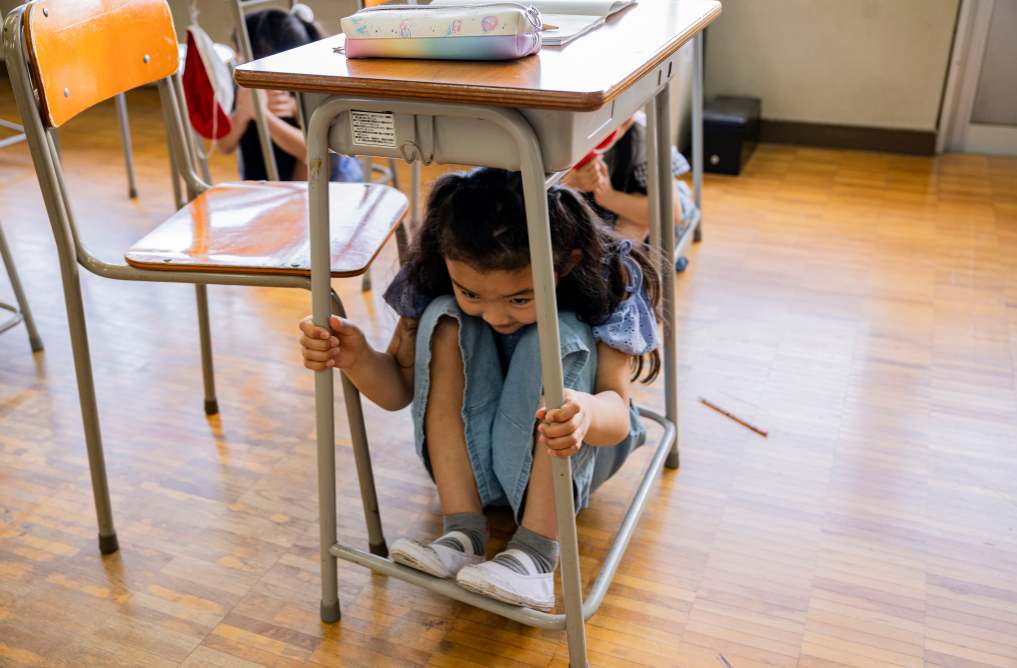
C_3
|
Tutor
|
What about Japan? Which natural disasters happen there? |
|
You
|
____________________________________________
【Hints】 ① 日本では地震が多いことを伝える In Japan, ___________ constantly occur in Japan. ② フィリピンと日本の台風を比較する Also, we experience _________, but not as _______ as the Philippines. |
|
Tutor
|
(React. Ask how Japan prepares for disasters.)
|
|
You
|
____________________________________________
【Hints】 ① 日本の建物は地震で壊れにくくなっていることを伝える 「Many _________ in cities are strong, so they do not break easily in __________. 」 ② 学校で避難訓練が実施されていることを伝える 「Also, we have emergency drills at _______.」 |
|
Tutor
|
(React “interesting!” Then ask what they do in an emergency drill.)
|
|
You
|
____________________________________________
【Hints】 ① 避難訓練で何をするのかを伝える 「We go under the _____ first. Then, we __ outside safely.」 |
|
Tutor
|
(React in a way that shows you are impressed.)
|

Part D Reading

D_1
Please read the passage. First, read it silently, then read it aloud.
Lastly, I will ask you some questions about the passage.
Please read the passage silently. You have 1 minute to read.
Lastly, I will ask you some questions about the passage.
Please read the passage silently. You have 1 minute to read.
(Wait for the customer to finish reading for 1 minute.)
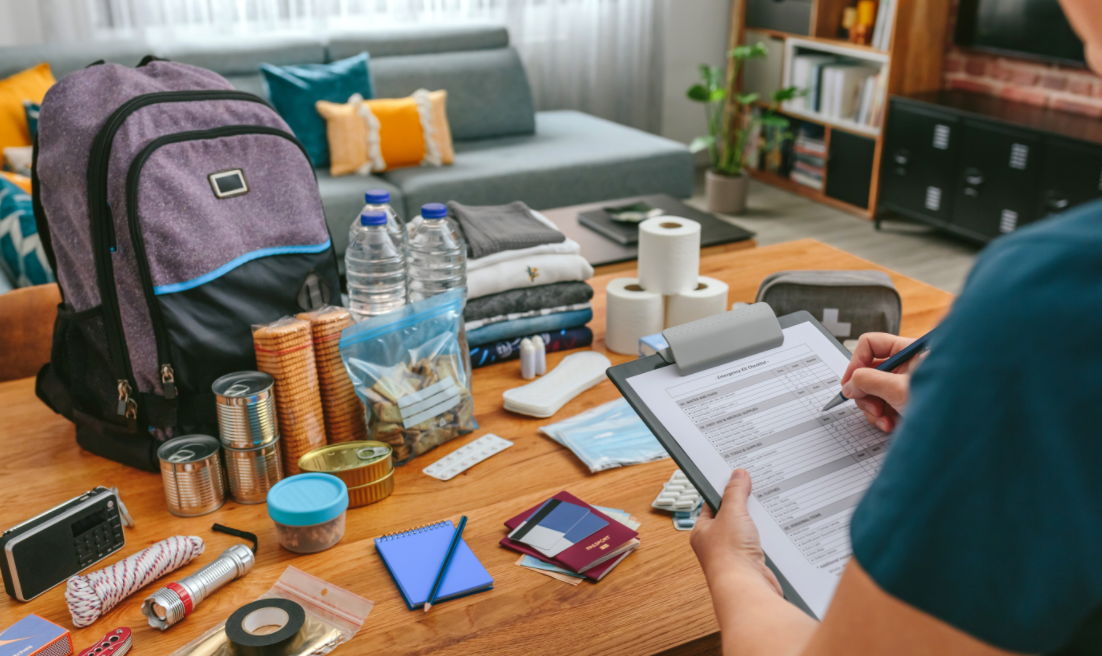
D_2
How Japan Prepares for Natural Disasters
Japan has suffered from natural disasters like other regions. To prepare, both traditional methods and new technologies are used. Hazard maps tell people the nearest evacuation sites. Emergency food can be stored for years and eaten with little preparation. An emergency radio helps you get updated with disaster information and also works as a battery charger and emergency flashlight.
Foreigners in Japan have struggled to find proper information during earthquakes. To help them, pictograms and plain Japanese words are used. Some disaster information is available online in various languages. It is up to each of us to make full use of these tools.


D_3
Have you finished reading? Alright, then, please read the passage aloud.

D_4
How Japan Prepares for Natural Disasters
Japan has suffered from natural disasters like other regions. To prepare, both traditional methods and new technologies are used. Hazard maps tell people the nearest evacuation sites. Emergency food can be stored for years and eaten with little preparation. An emergency radio helps you get updated with disaster information and also works as a battery charger and emergency flashlight.
Foreigners in Japan have struggled to find proper information during earthquakes. To help them, pictograms and plain Japanese words are used. Some disaster information is available online in various languages. It is up to each of us to make full use of these tools.


D_5
Great job reading!
Now, I will ask you some questions about the passage.

TUTORS NOTE
– OPEN the tutor guide URL in the Pinned Message.
– Follow the instructions in the tutor guide, which are in red font.
– Follow the instructions in the tutor guide, which are in red font.
D_6
| 1. | What do hazard maps show? |
| Answer: |


D_7
Review the answer. (Refer to the tutor guide.)
D_8
| 1. | What are two examples of new technologies used in disaster preparation? |
| Answer: |


D_9
Review the answer. (Refer to the tutor guide.)
D_10
| 1. | How does Japan help foreigners understand disaster information? |
| Answer: |


D_11
Review the answer. (Refer to the tutor guide.)

D_12
You did an amazing job!
Part E Your Opinion

E_1
Please tell me your opinion on today’s topic.
First, I will show you an example.
First, I will show you an example.
(Read the example question and answers aloud clearly.)
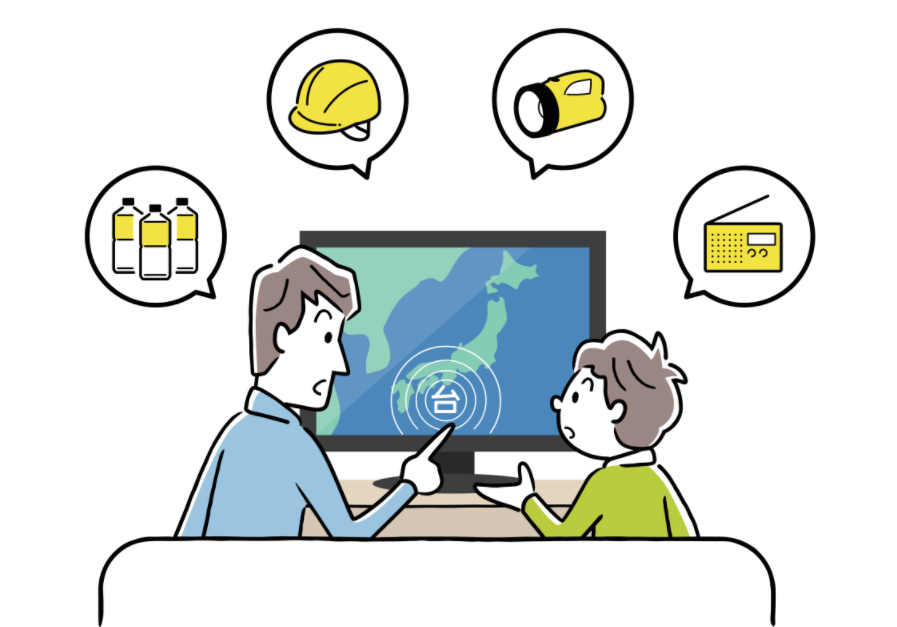

E_2
|
Example Question: In Japan, many disasters occur, but people forget about disaster preparation. How can we help them remember? Example Answer 1: I think we can do emegency drills every year and teach people how to stay safe. Because schools and companies need to practice often. Example Answer 2: In my opinion, sharing disaster information on social media and TV is helpful. Also, families should check their emergency kits once a year. |

E_3
Now, it’s your turn. Please let me know your opinion.
E_4
| 1. |
Some people in Japan prepare emergency kits with food, water, flashlights, and batteries. What is the most important item for your emergency kit? Why? 【Hints】 – water, important, to survive. – a phone charger, contact, family |
| Answer: | I think _______________________________________. Because ______________________________________. |

E_5
| 2. |
Some people say that Japan should give more disaster information in other languages, but others think foreigners should learn Japanese. What do you think about this? 【Hints】 – Adding more English signs, good idea, need help, not understand Japanese warnings – Learning Japanese, helpful, not only in emergency but also in daily life |
| Answer: | In my opinon, _________________________________. |

E_6
| 3. |
Recent studies show that climate change has something to do with natural disasters. Do you think we can avoid natural disasters in the future? Why or why not? 【Hints】 – we cannot stop disasters, we can prepare better. – If, technology progress (進歩), helps predict (推測) disasters |
| Answer: |


E_7
Fantastic! You did a great job sharing your thoughts.
Part F Free Talk

F_1
Let’s have a free talk.

F_2
| 1. | What can we do to deal with future disasters? |
| Answer: |
| 2. | What was the scariest disaster? |
| Answer: |




